Site 1
LEICHHARDT’S DIG TREE PARK
Prussian born explorer, Doctor Friedrich Wilhelm Ludwig Leichhardt, along with his party, travelled though the Comet district in 1845 on his way to Port Essington in the Northern Territory. This journey of some 4500 km was highly successful as it identified land suitable for grazing and settlement.
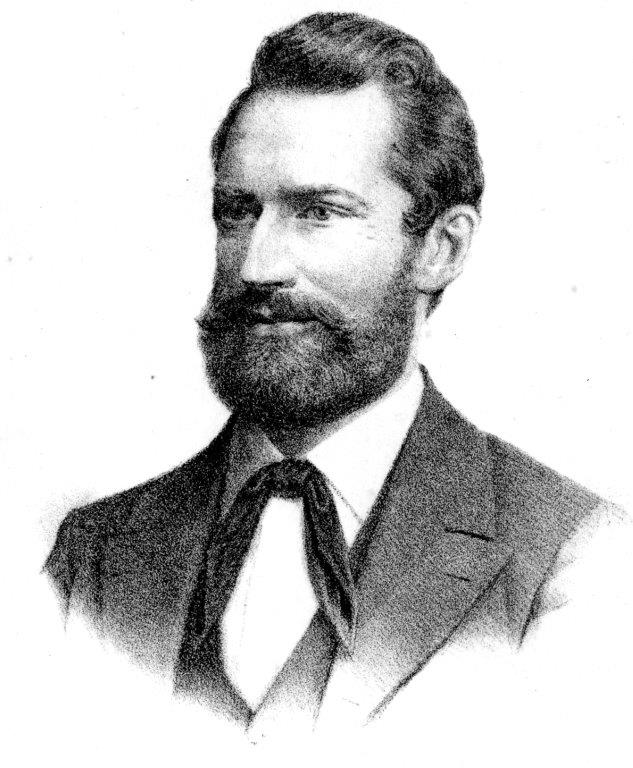
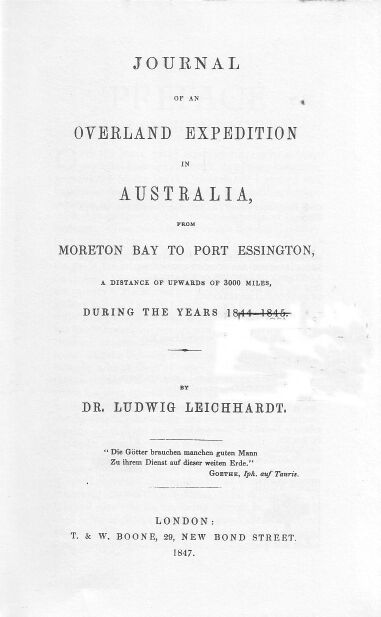
EXPLORER PARTY
His party consisted of seven men, 17 horses, 16 cattle and six kangaroo hunting dogs.
It took the party 14 months to travel this distance. Their supply of food dwindled, however they managed to live off the land by noting what the Aboriginal people were eating at their cooking fires.
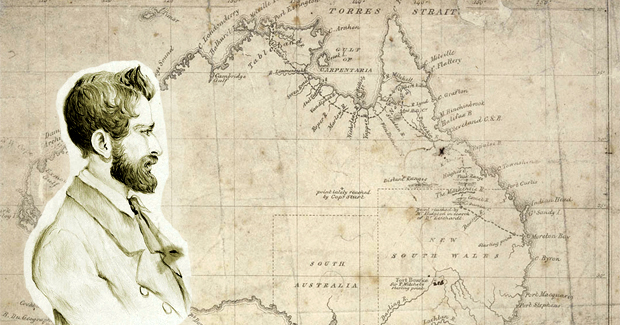
PARTY ATTACKED
Unfortunately, they lost one man, John Gilbert, near the Gulf of Carpentaria during this epic journey. The Gilbert River is named for him. Two other men were badly beaten by the Aboriginal people with waddies.
THE COMET RIVER
As the party travelled through this area, Leichhardt named the creek where they camped, Comet Creek, after seeing Comet Wilmot Y2 in the night sky on 28th December 1884.
A SECOND JOURNEY
On the 20th March 1845, Ludwig Leichhardt and his party were treated to a hero’s welcome on their return to Sydney from Port Essington.
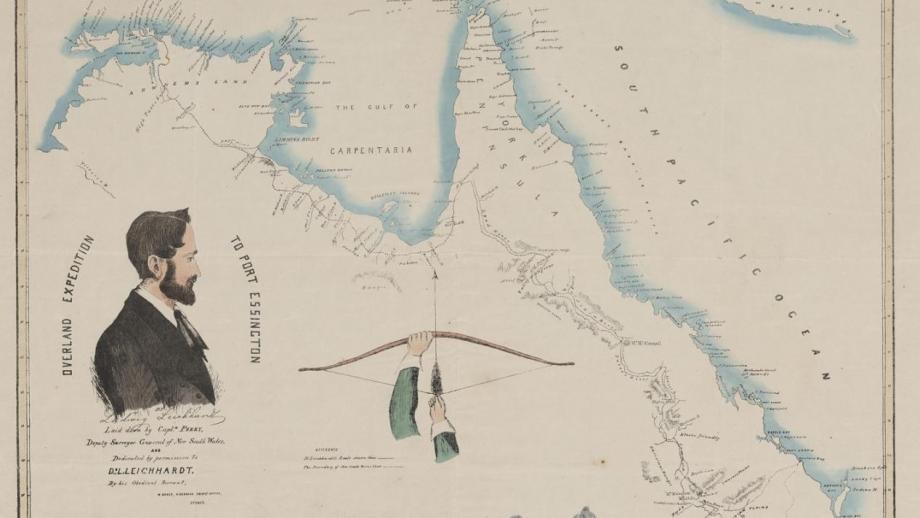
In 1846, Leichhardt put together another expedition. This time he was endeavouring to travel to the Swan River settlement in Western Australia.
Members of this party included Daniel Bunce, a Botanist; John Mann, a draftsman; Hovenden Hely, a stockman; James Perry, a saddler; John Turnbull, another stockman; Henry Boecking, the German cook; and two Indigenous members Harry Brown, who had accompanied Leichhardt on the first journey to Port Essington, and Wommai (Jemmy) from the Port Stevens country.
Leichhardt’s animals for the expedition included 15 horses, 13 mules that were unbroken, bought from the Australian Agricultural Company at Stroud in New Wales. They had a lot of trauma as they had age on them and were difficult to break into useful pack animals. The animals had to be tethered to trees and blindfolded to get the pack saddles on them. Forty head of cattle, 108 sheep, 270 goats and five dogs accompanied the party.
They had just two tents. I suppose Leichhardt intended to sleep under the stars as he did on the first journey when the weather was dry and agreeable.
There were just nine men in the party to manage these animals and not all were experienced stockmen. As all animals travelled at a different pace, just think how difficult it would have been to keep them together in the thick scrubs they encountered.
It was Leichhardt’s plan to travel to the north over the same country that he knew, and at some point turn west towards the Swan River settlement in Western Australia. This would have been a journey of some 5000 kms.
THE JOURNEY BEGINS
The party left Jimbour Station on the Darling Downs in November 1846. By the time the party reached the Dawson River, the wet season had begun. Men and animals struggled on over the difficult terrain. In particular, crossing the range which divides the Dawson River catchment and entering that of the Comet River, with the showers persisting.
THE MACKENZIE FLOODED
On the 5th March 1847, Leichhardt and his party reached the confluence of the Comet and Nogoa Rivers, where the two rivers join to form the Mackenzie. All the rivers were in high flood and the party were unable to cross. Here, they were stranded for some time waiting for the water to go down.
Flooding rivers and creeks bred hordes of sand-flies, which made life a misery. Smoke fires had to be lit to keep the animals from wandering: the smoke kept the dreaded insects at bay. The men were ill with fever from the continued wet weather and suffered from exposure, sand-flies, mosquitoes, and spoiled food.
MARKING THE DIG TREE
It was here that Leichhardt scarfed a huge coolabah tree with the Letters DIG L and a downward pointing arrow. A powder canister containing letters to family and friends was buried at the base of the tree.
When the river had dropped sufficiently for the party and animals to make a crossing, they headed for the Peak Range. It was here they felt they could go no further due to illness and exhaustion and turned back to the Darling Downs on 21st of June, 1847.
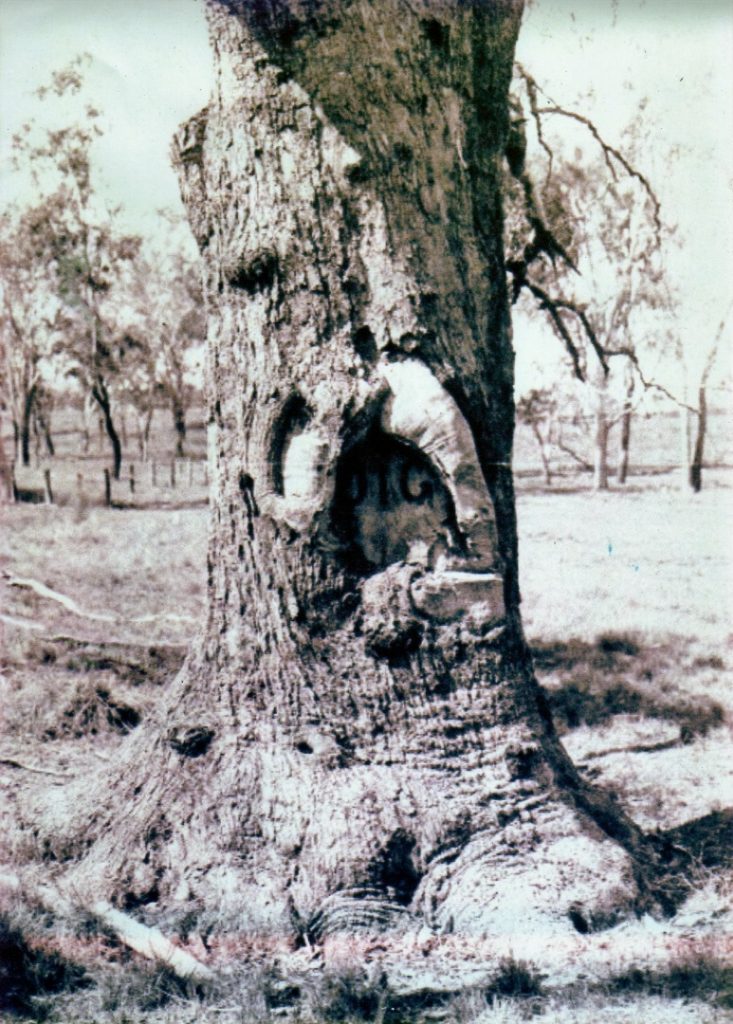
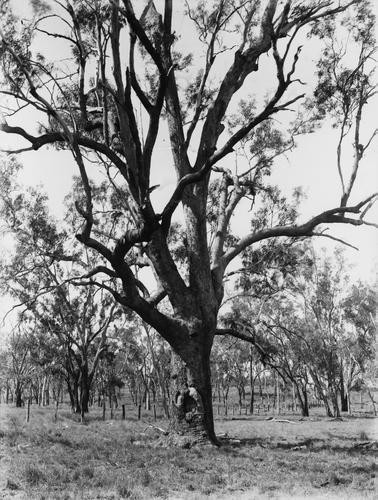
THE TREE FELLED
The coolabah tree was felled in the 1950s, fearing it would be lost to fire. The marked portion was sent to Brisbane for safe keeping. For some years the historic relic was housed in Newstead House. However, the building was to have restoration work done so the Dig Tree went into storage.
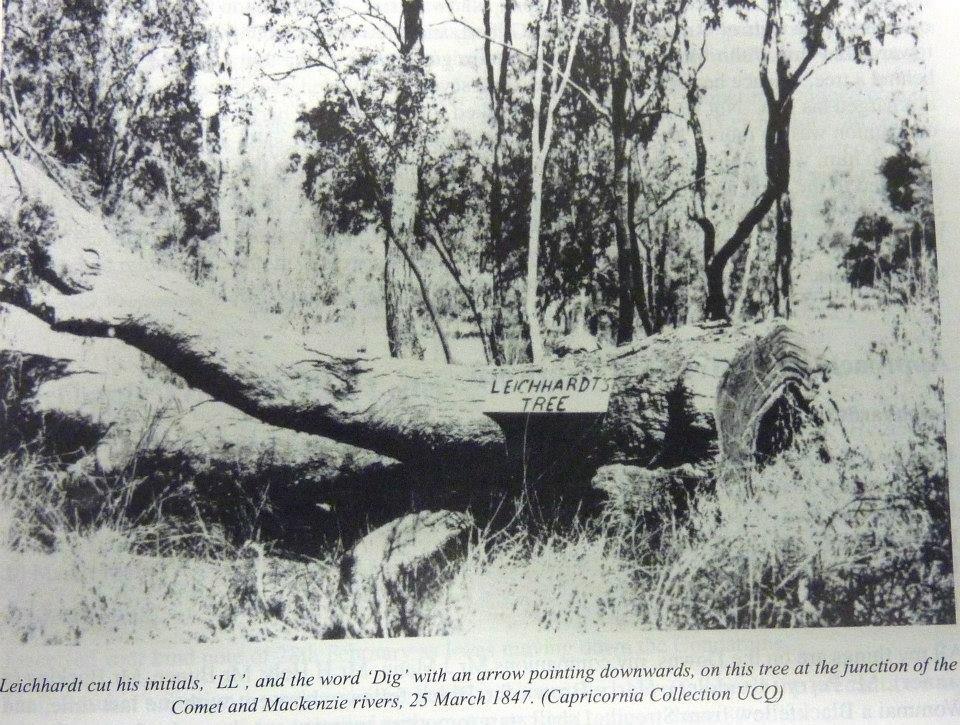
MILES MUSEUM
Miles Museum asked the Royal Historical Society of Queensland if they could display the relic in their museum. This request was granted, and the Dig Tree was displayed there for some time.
DIG TREE MEMORIAL
The Rockhampton and District Historical Association had placed a memorial at the site of Leichhardt’s Dig Tree on the 28th September 1975. Fifty-two people attended the unveiling by Mrs Diedre Beak (nee Brett) and H. S. Spence, President of the society.
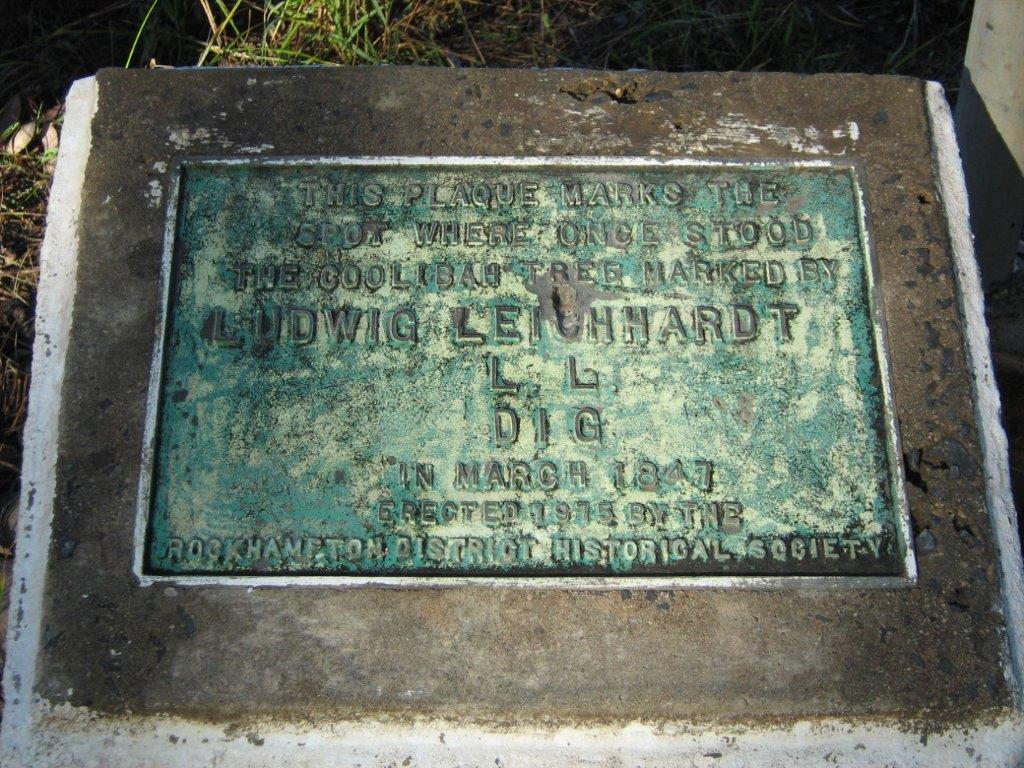
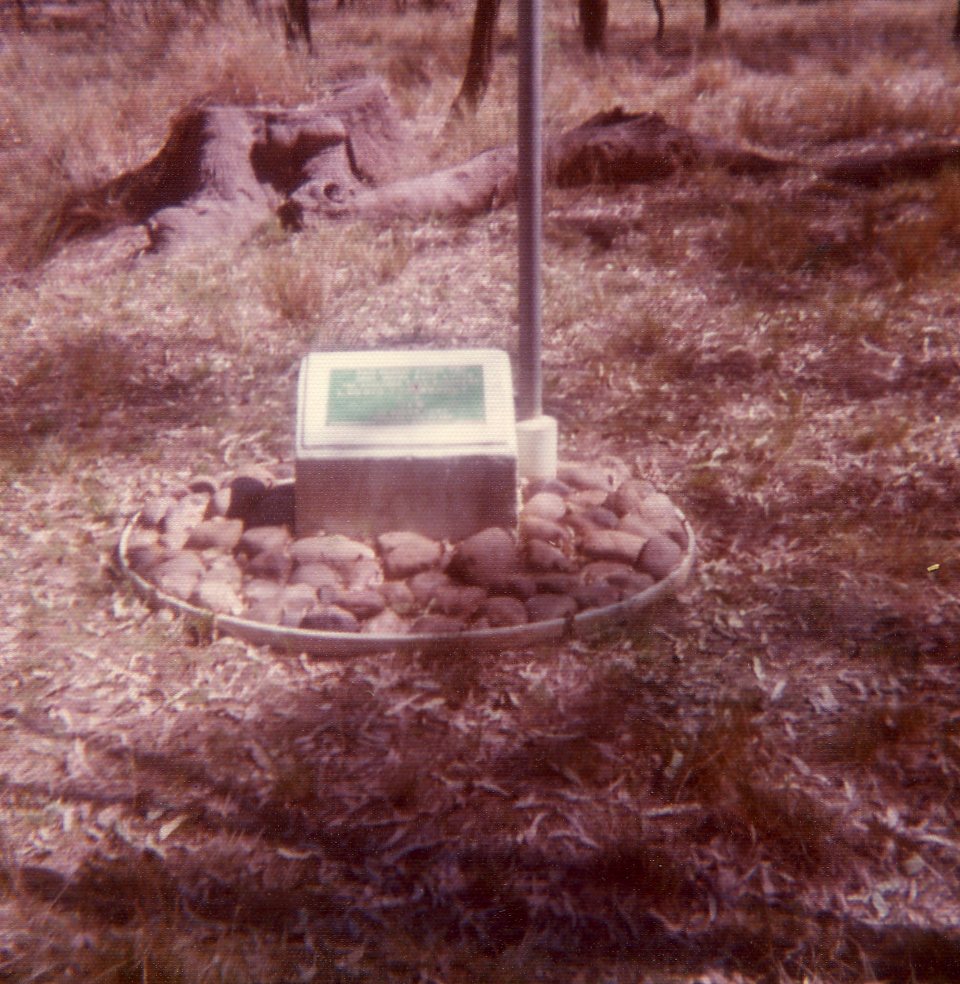
AN INVITATION
In 1985, Comet residents were invited by the association to attend a visit to the Leichhardt Dig Tree Memorial site.
Residents and visitors returned to the Comet Hotel for lunch and following on from this visit, Comet folk wanted their DIG Tree back.
THE DIG TREE COMES HOME
The Comet Leichhardt Tree Restoration Project committee was formed in October 1994 to raise the necessary funds to bring this goal to fruition. Land had to be sought and money raised for the brick building which was required to be of a certain standard to house this valuable historical artefact. With donations of help from individuals, associations, and the Emerald Shire Council, the Leichhardt DIG Tree was brought home to Comet.
A celebration to welcome the Dig Tree home was held in the town on 30th March 1997, with the official opening conducted by Paul Bell, then Mayor of the Emerald Shire Council.
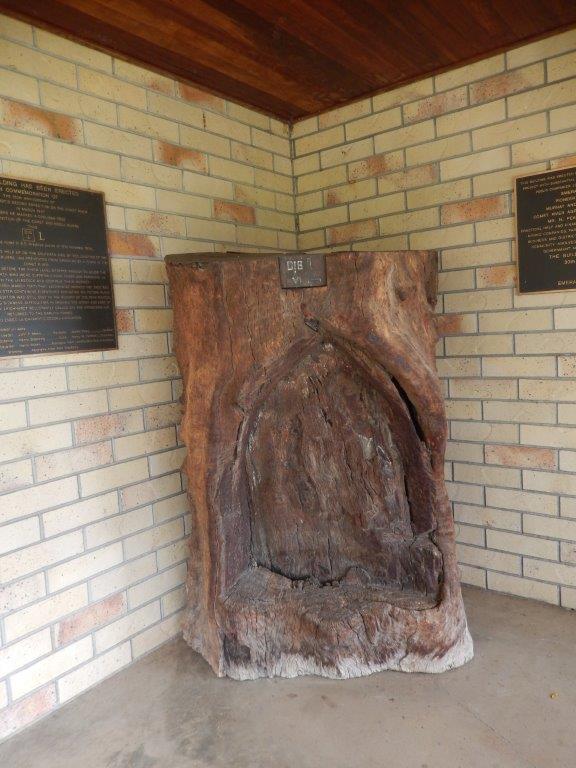
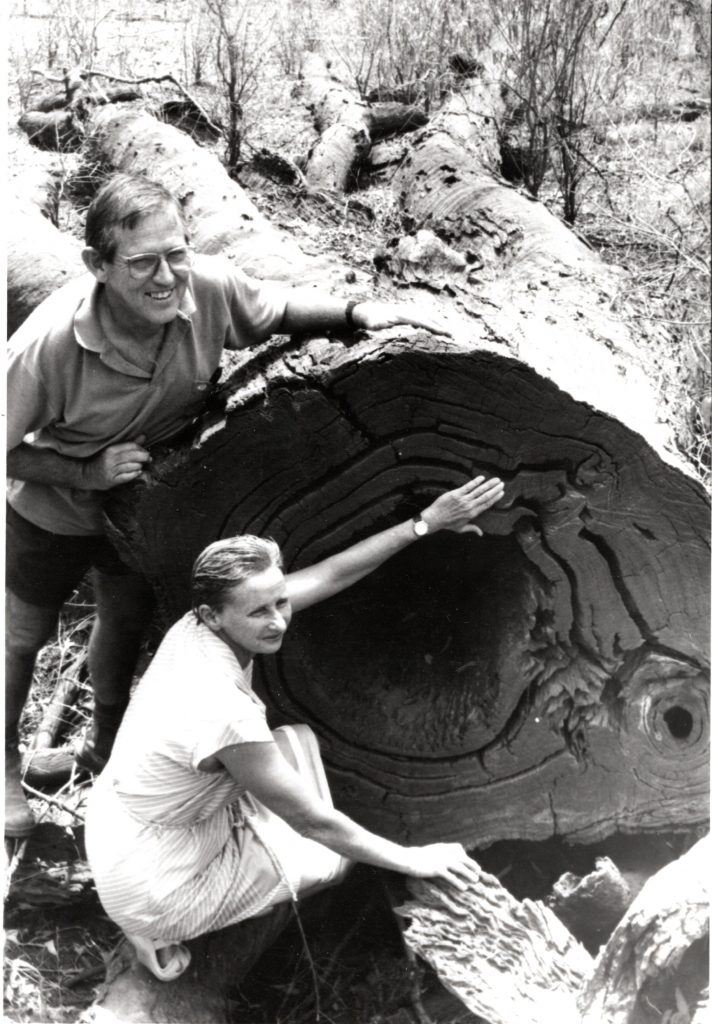
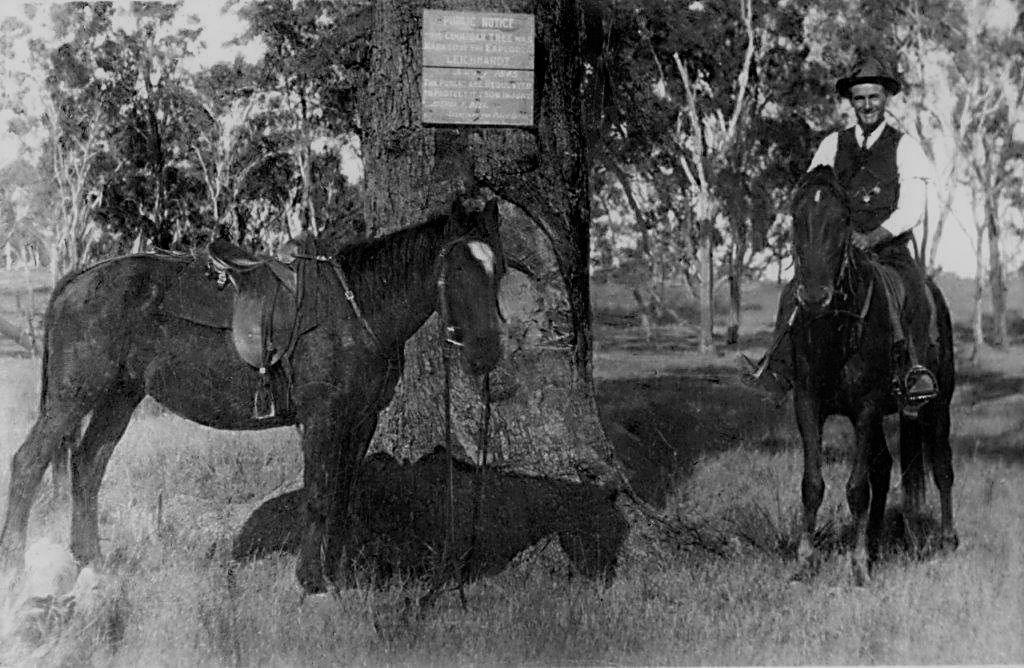
– Compiled by Rosemary McLeod, 2017.
– Photos: National Library of Australia; State Library of Queensland; Rosemary McLeod collection; Trevor Kemp collection.
– Video: Robyn Morawitz.
– Contact: cometales@gmail.com.au






